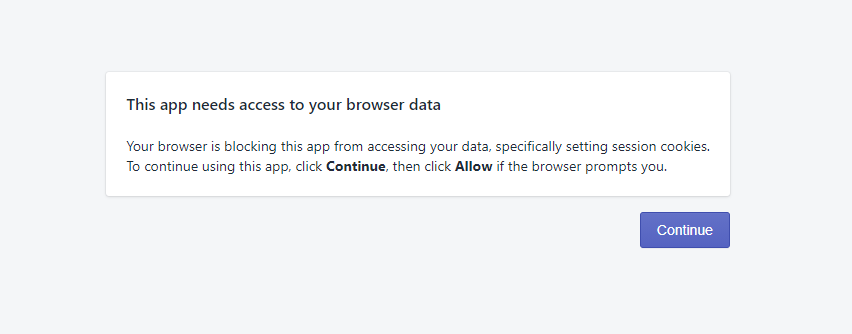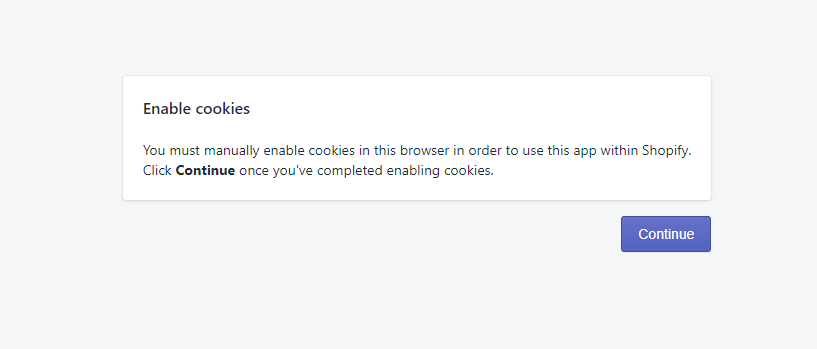Laravel Shopify ITP /
Background
Laravel Shopify is a package I started a few years ago which gained quite a bit of community traction. It is a full-featured package that helps you get up-and-running with developing Shopify apps with Laravel.
Around 2017, Safari, and later other browsers, began blocking browser storage access for third-parties. This includes cookies, session storage, local storage, and more. This was called “Intelligent Tracking Prevention” (ITP).
Given Shopify apps load within an iframe inside Shopify’s admin panel, this means the app inside the iframe is a third-party, thus will be blocked from attempting to access storage.
Once ITP gained traction in the largest market share browser, Chrome, Laravel Shopify was immediately flooded with issues of users having trouble with their applications… no login session, authentication errors, etc.
Solving
The problem was hard to debug and hard to resolve. It took many commits, lots of community input, and various testing methods to get a release out which assisted in the issue.
The solution was to create a flow that tried to handle everything smoothly for the app user.
- A middleware to check if a cookie called
itpexists - If not, redirect full-page to a route to set this
itpcookie… this creates a first-party cookie since it was not created in an iframe - Re-check the existence of the
itpcookie. In some cases, since the original cookie was created first-party, this re-check passes and the app will load - If the re-check fails… display a prompt to try and ask for storage access, and set a cookie through Javascript
- If the prompt method fails… as a final fallback, we ask the app user to manually enable storage access
In some cases, 1->3 is enough to load the app, but in the majority of
cases in testing, 1->4 is what’s actually happening to initially get the app displaying
properly.
The above flow is similar to what Shopify’s own Ruby and Koa packages are following, which is what I tried to strive for in the latest release.
 Step #4 - Asking for storage access
Step #4 - Asking for storage access
 Step #5 - Asking user to manually enable storage
Step #5 - Asking user to manually enable storage
Alternatives
Alternatively, you can skip the standard flow and utilize JWT which was introduced by a contributor a few released back. Currently, there is no wiki page for setting this up, but one is coming!
Conclusion
ITP is still fairly new and still evolving with differences between browsers. The v16.0.0 release of the package will work well for mostly everyone, but more work may still need to be done in the future to correct some quirks.
For additional information, see the ITP wiki page on the repository. Also, thank you to the community for the assistance and patience during this large issue.


